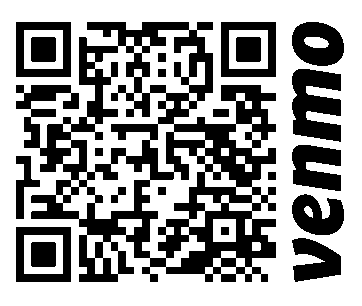Problem
题目大意:每张牌的正反面各印着一个数,你可以随便翻牌。找出一个最小的数使得其他牌当前正面的数值都不和它相等。
On a table are N cards, with a positive integer printed on the front and back of each card (possibly different).
We flip any number of cards, and after we choose one card.
If the number X on the back of the chosen card is not on the front of any card, then this number X is good.
What is the smallest number that is good? If no number is good, output 0.
Here, fronts[i] and backs[i] represent the number on the front and back of card i.
A flip swaps the front and back numbers, so the value on the front is now on the back and vice versa.
Example:
Input: fronts = [1,2,4,4,7], backs = [1,3,4,1,3] Output: 2 Explanation: If we flip the second card, the fronts are[1,3,4,4,7]and the backs are[1,2,4,1,3]. We choose the second card, which has number 2 on the back, and it isn't on the front of any card, so2is good.
Note:
1 <= fronts.length == backs.length <= 1000.1 <= fronts[i] <= 2000.1 <= backs[i] <= 2000.
Solution: Hashset
C++
|
1 2 3 4 5 6 7 8 9 10 11 12 13 14 15 16 17 18 19 20 |
// Author: Huahua // Running time: 23 ms class Solution { public: int flipgame(vector<int>& fronts, vector<int>& backs) { unordered_set<int> same; for (int i = 0; i < fronts.size(); ++i) if (fronts[i] == backs[i]) same.insert(fronts[i]); int ans = INT_MAX; for (int v : fronts) if (v < ans && !same.count(v)) ans = v; for (int v : backs) if (v < ans && !same.count(v)) ans = v; return ans == INT_MAX ? 0 : ans; } }; |
请尊重作者的劳动成果,转载请注明出处!花花保留对文章/视频的所有权利。
如果您喜欢这篇文章/视频,欢迎您捐赠花花。
If you like my articles / videos, donations are welcome.



Be First to Comment